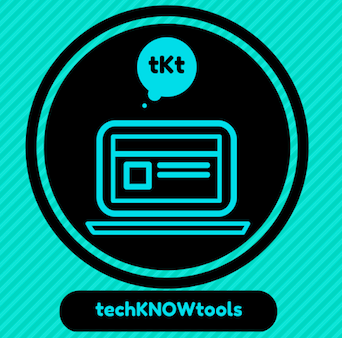Thanks to Kelvin Thompson & his crew for the invitation to join the 2nd week of the University of Central Florida‘s Blendkit Course (#Blendkit2015): Blended Interactions
Week #2’s readings [Blendkit- Chapter 2] discussed the role of the faculty in blended learning environments, specifically with regards to facilitation of learner interactions. Instructors have the ability to encourage self-directed and connected interactions in their blended learning courses. Suggestions from the readings include considerations for the atelier, concierge, and curatorial learning models to empower students. It is critical to outline roles and responsibilities for expected engagement and to guide intentional interactions among learners.
In the open Q & A session this week with Dr. Leslee D’Amato-Kubiet and myself, we discuss technology-mediated interactions in blended settings, but more importantly the organization, design, and considerations for encouraging meaningful interactions among our students AND ideas to explore potential strategies for creating blended interactions.
Questions
- What are some best practices to generate high levels of student-to-student support? How does one put some of the burden for performance support into a peer-support model where they help each other? Does badging for this coaching help? What are some things to avoid (like competition)?
- How can I know for certain that my students are comfortable in an e learning environment. If I sense that some of them are just not so comfortable, how can I address their concerns while maximizing the electronic components of my hybrid course? And promote online interaction?
- Every student has a different level of comfort with self-expression in a course environment. What are some strategies for eliciting student expression in a blended course design?
- In which aspects should you pay attention as a teacher to determine which technological tools work best looking for minimal or guided learning? What skills should have the teacher to decide what role (atelier, concierge, curatorial, etc.) taken with their students?
- Does class size influence your decisions and expectations for student-to-student and student-to-instructor interactions?
- Student-to-Instructor Interactions – Is it “bad” to have canned comments and replies for grade feedback, discussion posts, and course mail?
- As a K-12 administrator, I have concerns that the mastery model that blended learning requires will be embedded at our level but not translate to higher ed. Can you give your thoughts?
Tweets from Monday’s (3/9/15) #Blendkit2015 via Storify.
More About #Blendkit2015: The BlendKit Course is a set of subject matter neutral, open educational resources related to blended learning developed by Dr. Kelvin Thompson and available for self-study or for group use. Periodically, these materials will also be used as the basis for a facilitated open, online course.
The goal of the BlendKit Course is to provide assistance in designing and developing your blended learning course via a consideration of key issues related to blended learning and practical step-by-step guidance in helping you produce actual materials for your blended course (i.e., from design documents through creating content pages to peer review feedback at your own institution).
Want to join the Blendkit Course or follow along with the course content?
- Enroll on Canvas: Becoming a Blended Learner Designer
- Follow on Google+: Blendkit UCF
- Subscribe to the Blendkit UCF YouTube Channel
- Read More: Blendkit Readings
- Resources: Blended Learning Toolkit



1 thought on “Blended Learning Interactions #Blendkit2015”